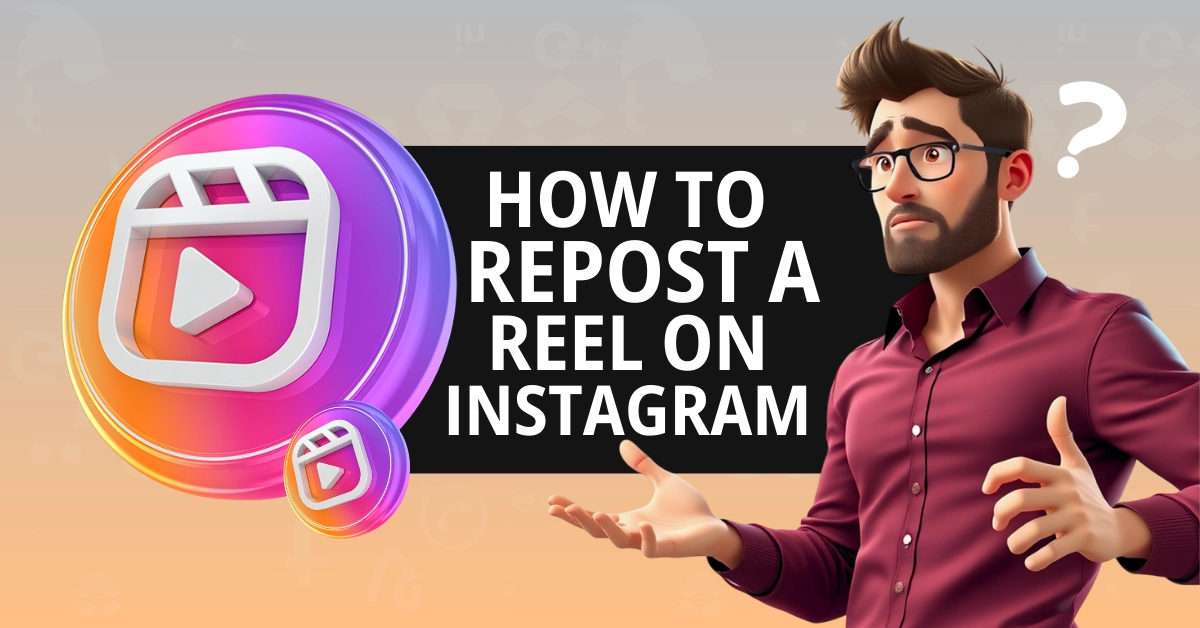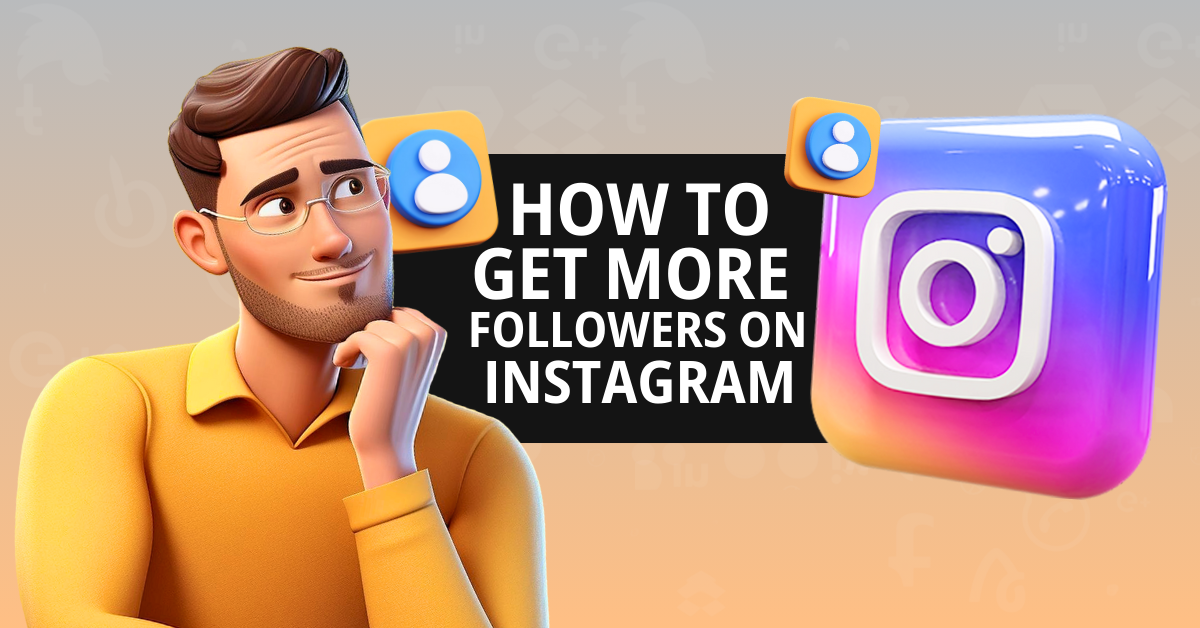In 2024, social media continues to be more than just a platform for communication; it has become a powerhouse driving innovation across various technologies. By offering more details and personalized content, the rise of these platforms has significantly impacted the development of key technologies, including Artificial Intelligence (AI) and Virtual and Augmented Reality (VR/AR).
These emerging technologies are being embraced and integrated with each passing day by the companies making up social media as they try to improve user experiences and security.
Social media has ceased to be passive; it’s now an active and full-scale testing ground for cutting-edge technologies. This interlinking of social media with technology is causing a sea change in online interactions and is pushing the envelope on what is possible. As Katherine Phillips, an experienced academician and career counselor, says, understanding such technological changes has become imperative both for personal and professional growth.
In this article, we will look at some of the key technologies influenced by social media and their greater ramifications for times to come.
Key Technologies Emerging from Social Media Platforms
The unprecedented growth in social media has resulted in various path-breaking technologies, starting from AI improvement in content moderation to VR/AR for creating immersive social interactions. Such innovations are changing our ways of interacting with virtual platforms.
Some of the leading technologies that will be molded through social media in 2025 include:
- Artificial Intelligence for User Experience Enhancement
- Virtual and Augmented Reality for better interactions
These technologies are continuously evolving in the area of social media, and at the same time, they influence the usage of these technologies by other industries in developing applications for various purposes.
1. AI Driving Innovation in Social Media
It is artificial intelligence that serves as the driving force for continuous development in social media. In this respect, AI advances these platforms by making the content personalized, with algorithms based on user-based data, filtered or not.
Using artificial intelligence, social media platforms are able to offer such personalized experiences wherein the service learns from user behavior by considering a wide range of data.
The most handy applications of AI are through content moderation, where posts, comments, and media are scanned through AI-powered systems for inappropriate or harm-conducive content and thus get automatically flagged for review. Besides that, AI curates feeds of content, suggests friends and followers, and recommendations based on users’ preference.
2. Virtual Reality and Augmented Reality in Social Interactions
Virtual and Augmented Realities on social media will absolutely revolutionize how people connect and interact with one another. These technologies will facilitate the creation of virtual space, adding a whole new level to how people can interact over and above what is usually done through text or media posts.
Both had incorporated AR into their service-Instagram developed filters so you can place digital objects overlayed on the real world, while Snapchat added what is basically the same: Lenses.
Virtual space would include virtual event spaces so you can attend virtually any event or hang with virtual friends in a virtual version of a designed world. As the VR technology improved, there would be continued openness to virtual contact over social networks.
How Social Media is Accelerating Innovation in Communication Technologies
Social media has been highly influential in determining how modern communication technologies are designed. Driven by user demand, the need for real-time interaction was a guarantee for innovations such as live streaming, instant messaging, and video conferencing. These new tools let users interact with content more dynamically and others, providing new opportunities for personal and business communication.
1. Real-Time Engagement: Live Streaming and Its Growth
Live streaming is probably one of the largest trends in social media today, and it is indeed where all the action takes place: YouTube, Instagram, Twitch. The immediacy of live streaming creates direct contact between the user and the audience, which offers a more meaningful attachment.
Be it entertainment, education, or even business, live streaming can enable real-time interaction, thereby making it one of the most important needs for content creators and brands alike.
Furthermore, live shopping events, where brands showcase products in real time, have evolved into an innovative e-commerce solution. The rapid rise in live streaming is turning social media into a major driver for sales and audience engagement.
2. Instant Messaging Integration Across Platforms
Instant messaging is growing by leaps and bounds and is complete on all platforms, as the need for communication worldwide continues to rise. WhatsApp, Facebook Messenger, and Instagram are reducing the chasm between text-based messaging and sharing rich media-that is, in essence, seamless interaction over any platform.
This cross-platform integration enables users to hold real-time conversations with their friends and family, even businesses, on a single interface. This is a space where, as innovations continue on social media platforms in messaging, connectivity and convenience for users keep getting improved.
Social Media and The Evolution of Consumer Technologies
Social media has changed not only the way people communicate but also the ways they shop and consume content. The rise of social commerce, personalized ads, and the influencer economy irreversibly changed consumer behaviors. The result is completely new ways for businesses to reach their audiences through the direct integration of consumer technologies into the platforms.
1. Social Commerce: Where Social Media Meets E-commerce
Social commerce is on the rise, and for good reason: social media platforms are finally allowing users to shop directly from their feeds. Features like Instagram Shopping and Facebook Marketplace make it easier than ever for users to find and buy products without ever having to leave the platform.
In turn, social media is blurring the line between itself and e-commerce, making it an increasingly powerful method of reaching consumers in innovative and new ways.
2. Personalized Experiences Through Data-Driven Technologies
In most cases, social media relies on data-driven approaches to aid the platforms in personalizing the experience for a user. It would mean analysis of the pattern that a user creates, which will make sure the content and advertisement that the users go through are going to be more personalized and can hence increase user engagement.
AI and big data analytics form the core behind such customization that enables platforms like TikTok and YouTube to personalize content feeds with resonance on a personal level.
Challenges in Integrating New Technologies with Social Media
With the adoption of new technologies come many opportunities, but these come accompanied by their challenges. From ethical debates surrounding AI and data privacy to misinformation-the social media platforms have to find a fine balance if they want their users to keep trusting them.
- Ethical Issues: The application of AI in handling data raises ethical issues regarding user privacy and misuse of personal information for various ill purposes.
- Extending this back into the social media world, sets up misinformation on the state of new technologies and can minimize the enthusiasm for their adoption.
1. Ethical Implications of AI and Data Privacy
It also tends to come with a great deal of ethical implications: AI for social media can, of course, improve user experience, but it is something of a grey area in terms of personal data collection and usage. In recent years, calls have gotten louder for much greater transparency and regulation concerning how user data is used.
2. Misinformation and Its Impact on New Technology Adoption
Bad information on social media is a continuous problem, which can interfere with using new technology. One can easily make false claims about various technologies, such as 5G or AI.
These have a high likelihood of being spread across the networks by building mistrust in the technology among users. Because of this, there will be growing pressure to find ways of reducing the spread of misinformation on social media while retaining an atmosphere of innovation.
What to Expect: Predictions for Social Media and Tech in 2025
Social media has been and will be the driver of technology innovation.
Major trends to closely follow in future development involve the enhancement of AI and deeper integrations of VR and AR. As the platforms continue to evolve, they will most likely gear more toward making user experience more engaging and personalized.
The Symbiotic Relationship Between Social Media and New Tech
In 2025, social media and new technologies are more interconnected than ever. Newer technologies are not just being utilized on social platforms but are also now employed in their very creation. Moving forward, this will be a relationship that continues to test the boundaries of innovation, providing new opportunities for users and enterprises alike.











